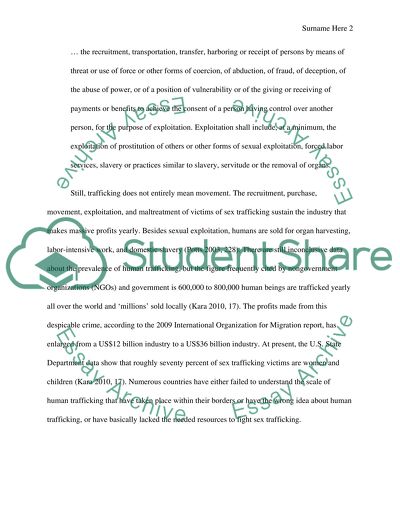Cite this document
(“Human Sex Trafficking: A Global Issue Research Paper”, n.d.)
Retrieved de https://studentshare.org/english/1454563-prostitution-from-humen-traffecking
Retrieved de https://studentshare.org/english/1454563-prostitution-from-humen-traffecking
(Human Sex Trafficking: A Global Issue Research Paper)
https://studentshare.org/english/1454563-prostitution-from-humen-traffecking.
https://studentshare.org/english/1454563-prostitution-from-humen-traffecking.
“Human Sex Trafficking: A Global Issue Research Paper”, n.d. https://studentshare.org/english/1454563-prostitution-from-humen-traffecking.


